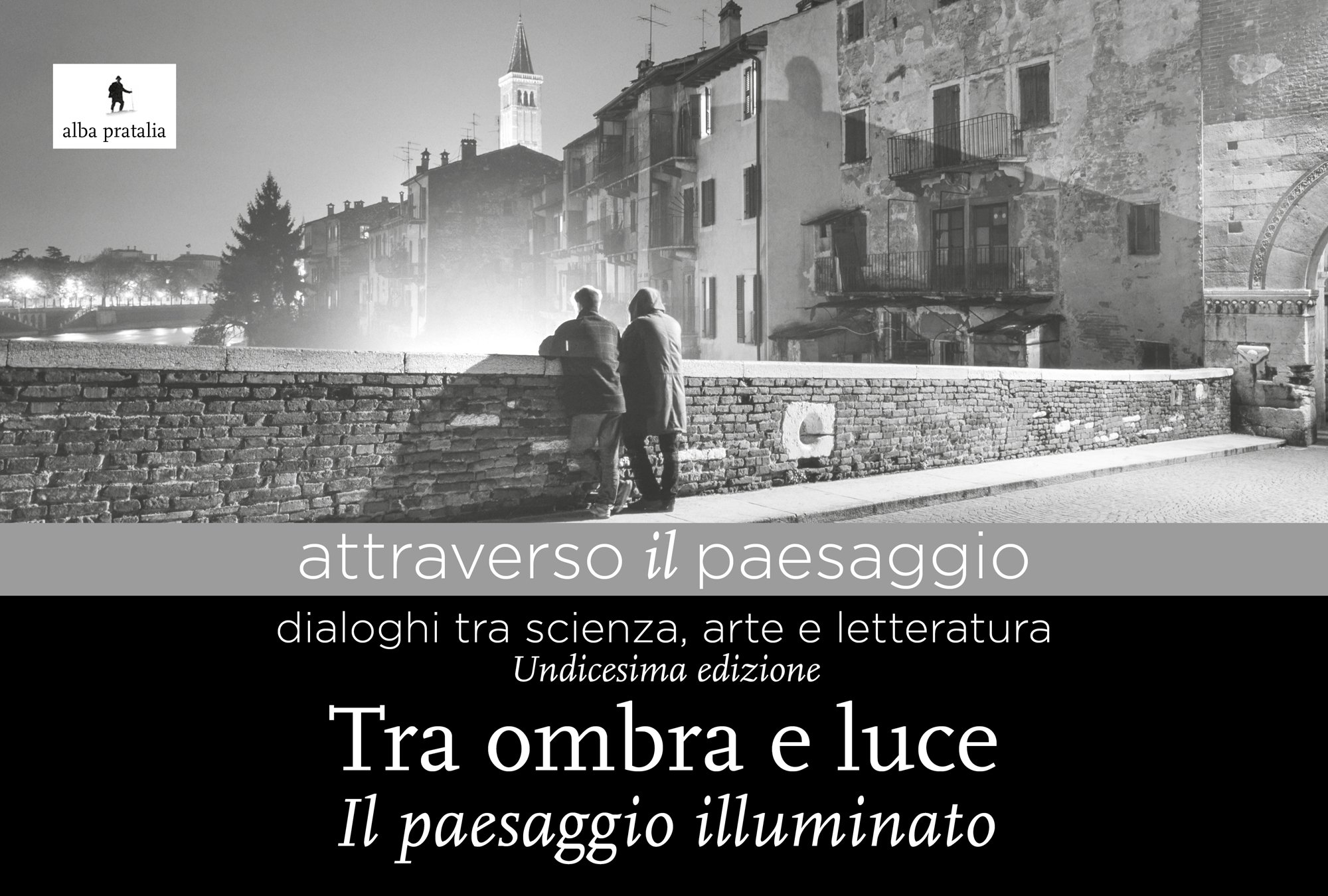Venerdì 28 marzo 2025, alle ore 17.00, avrò il piacere di tenere un intervento pubblico nell’ambito dell’11° edizione dell’evento “Attraverso il paesaggio. Dialoghi tra scienza, arte e letteratura”, il cui tema quest’anno sarà “Tra ombra e luce. Il paesaggio illuminato”.
Il mio intervento si intitolerà “Una guida distopica per attraversare il confine. Indagando il territorio inesplorato, tra fotografia e intelligenza artificiale” e si terrà presso nella Sala Farinati della Biblioteca Civica di Verona, con la collaborazione e l’introduzione di Unintentional Visions.
FILIPPO VENTURI
Filippo Venturi è un fotografo documentarista e un artista visivo. Realizza progetti su storie e problematiche riguardanti l'identità e la condizione umana. Ha documentato dittature totalitarie e ha testimoniato la crisi delle democrazie europee.
Negli ultimi anni si è dedicato a un progetto sulla penisola coreana, che è stato premiato con il Sony World Photography Awards e il Portfolio Italia - Gran Premio Hasselblad. I suoi lavori sono stati pubblicati su National Geographic, The Washington Post, The Guardian, Financial Times, Vanity Fair, Geo, Der Spiegel, Die Zeit, Internazionale, La Repubblica, Il Corriere della Sera e La Stampa. I suoi progetti sono stati esposti in musei e festival in Italia e all'estero.
Realizza progetti artistici con l'intelligenza artificiale. È stato selezionato dal Photo Vogue Festival, evento in cui è stato anche relatore con un intervento intitolato Broken Mirror. A dystopian guide to crossing the border. È stato esposto nell'importante mostra Pixel Perceptions: Into the Eye of AI, organizzata dalla galleria Noorderlicht a Groningen (Paesi bassi) che ha radunato una selezione internazionale degli artisti visivi più interessanti che lavorano con l'intelligenza artificiale e che ha approfondito come questa nuova tecnologia influenza, consciamente e inconsciamente, la nostra percezione del mondo.
Insegna fotogiornalismo e fotografia documentaria e tiene workshop sul rapporto fra fotografia e intelligenza artificiale.









